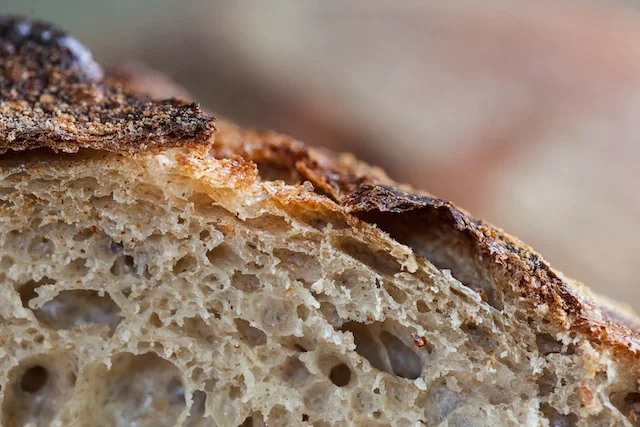The gluten-free diet has become a staple for many individuals with celiac disease or those who are sensitive to gluten. In this guide, we will delve into the world of grits and explore whether they are a safe option for those following a gluten-free lifestyle.
1. Understanding Grits: A Culinary Delight
Grits are a beloved Southern staple made from ground corn, typically served as a side dish or a breakfast porridge. Their versatility and comforting taste have earned them a special place in the hearts of many.
2. What Constitutes a Gluten-Free Diet?
A gluten-free diet is one that excludes the protein gluten. Gluten is found in wheat, barley, rye, and triticale. For individuals with celiac disease, ingesting even small amounts of gluten can lead to serious health issues.
3. Are Grits Naturally Gluten-Free?
Yes, grits themselves are naturally gluten-free. They are made from corn, which is a gluten-free grain. However, there are potential sources of contamination that must be considered.
4. Potential Sources of Gluten Contamination
While grits themselves are gluten-free, cross-contamination can occur during processing or preparation. It’s crucial to be aware of the following potential sources of contamination:
| Potential Source | Risk of Contamination |
|---|---|
| Shared Processing Equipment | Grits may be processed in facilities that also handle wheat or gluten-containing grains. |
| Bulk Bins in Stores | In grocery stores, bulk bins where grits are dispensed may also contain traces of gluten from other products. |
| Improper Kitchen Practices | When cooking at home, using contaminated utensils, cutting boards, or cookware can introduce gluten. |
5. Certified Gluten-Free Grits: A Safer Option
To mitigate the risk of cross-contamination, many brands now offer certified gluten-free grits. These grits are processed in dedicated facilities and meet strict gluten-free standards.
6. Cooking and Enjoying Gluten-Free Grits
When preparing grits at home, it’s important to follow safe cooking practices:
| Cooking Tips | Description |
|---|---|
| Use Separate Utensils and Cookware | Ensure that all utensils and cookware used are clean and have not come into contact with gluten-containing products. |
| Check Labels for Gluten-Free Certification | Look for certified gluten-free labels on grits packaging to ensure that they have been produced in a dedicated gluten-free facility. |
| Avoid Cross-Contamination in Restaurants | When dining out, communicate your dietary needs to the restaurant staff and ask about their gluten-free preparation practices. |
7. Incorporating Grits into a Gluten-Free Diet
Grits can be a delicious and nutritious addition to a gluten-free diet. They can be enjoyed in various ways:
| Grits in a Gluten-Free Diet | Description |
|---|---|
| Breakfast Porridge | Start your day with a warm bowl of grits topped with your favorite fruits, nuts, or seeds. |
| Grits as a Side Dish | Serve grits as a comforting side dish alongside your favorite protein and vegetables. |
| Grits-Based Desserts | Get creative in the kitchen by using grits in gluten-free dessert recipes like puddings or cakes. |
8. Conclusion: Grits, Gluten, and You
Grits themselves are naturally gluten-free, making them a viable option for those following a gluten-free diet. However, due to potential sources of contamination, it’s essential to choose certified gluten-free grits and exercise caution in preparation. By incorporating grits into your gluten-free diet, you can savor this Southern delicacy without compromising your dietary needs.
Always remember to consult with a healthcare professional or a registered dietitian if you have celiac disease or gluten sensitivities to ensure you’re following a safe and balanced diet.






